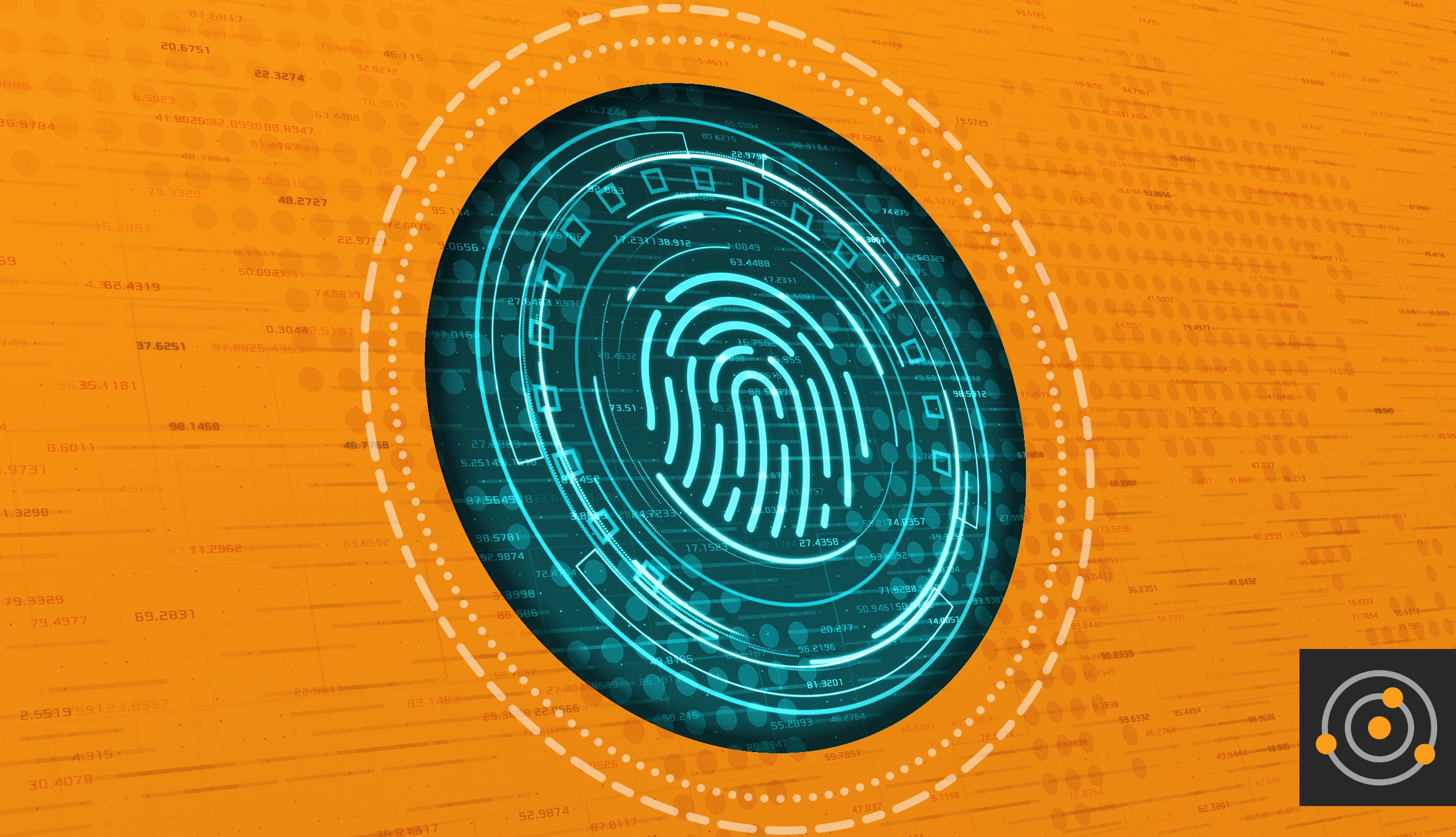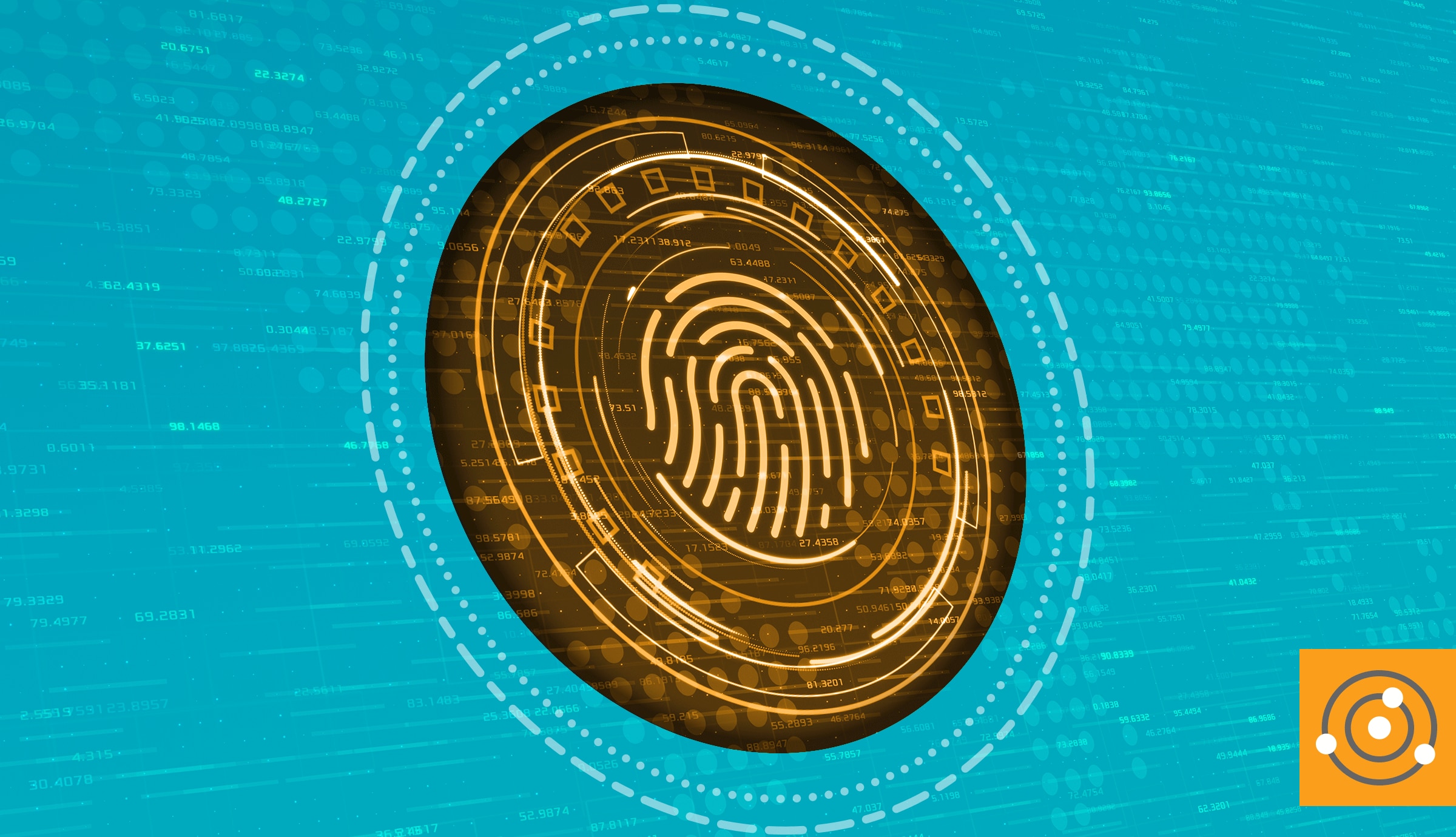An observability strategy helps many businesses support the stability and performance of complex, distributed IT environments. Since you may already be tracking the three pillars of observability—metrics, logs, and traces—why shouldn’t you also use the endless stream of telemetry data to identify security risks and vulnerabilities, just as you use it to monitor and stabilize operations? Even the best-planned observability strategy is incomplete without the fourth pillar of security.
As businesses continuously expand hybrid IT infrastructure with extensive virtualization and cloud adoption, cybersecurity should also be a top priority for organizations and those managing their digital infrastructure. By leveraging the internal visibility observability provides and overlaying it with security data, businesses can extend their eyes and ears into every corner of their IT environment, creating what’s known as security observability.
How can teams with established processes track and analyze the right telemetry data sources? What should their security posture be? In this blog, I’ll explore the next steps for your organization's observability strategy and lay out the solutions and practices to proactively and continuously secure the critical parts of your organization with security observability.
What is security observability?
Though your business might have a keychain of monitoring and security tools as deterrents, IT Ops, DevOps, Cloud Ops, and security teams often need more data to secure ever-expanding hybrid IT environments. However, with the already overwhelming data volumes teams deal with today, how can more data be the answer? Security observability can help teams more easily analyze and draw informed conclusions from the most important data by providing insights into key data points.
Access to a single truth source with security observability can make it easier to identify, analyze, and categorize suspicious patterns or anomalies. But what exactly is this single source of truth? You guessed it: security data (think metadata from firewalls, threat detection, or traffic analyzers layered on top of telemetry data).
Correlating these data sets can grant deeper visibility and context to infer system health and security integrity. For instance, though investigations into a network outage might point to high traffic volume as the culprit, viewing these traffic spikes through a security data lens might unveil patterns indicating a brute-force attempt to access vital systems.
How modern observability solutions can help with security
Businesses need modern solutions—like full-stack, hybrid cloud observability tools—to help integrate security observability and gain comprehensive insights across the internal state of distributed IT environments. This success often hinges on seamless coordination and collaboration between IT domains, which means your chosen observability solution must do the following:
- Come equipped with tools and functionality built to enable seamless data sharing, analysis, and correlation between systems in your environment and across business functions so teams can quickly resolve problems.
- Include full-stack integration with cloud-based applications, networks, databases, and third-party security tools or monitoring solutions to improve cross-functional collaboration and ensure teams don’t need to switch between tools to identify the root cause of issues.
- Incorporate AIOps, machine learning, and intelligent modeling capabilities designed to automatically correlate vast data volumes and help teams spot security anomalies and areas of interest in real time. This allows them to cut through the noise and make more informed decisions by focusing on critical issues.
Benefits of security observability
The benefits of security observability can also go beyond threat detection. Patching can benefit from the broad visibility observability offers into interdependent systems, enabling teams to understand better how
patching one system might break others. By preemptively warning employees or customers about expected outages due to a fix or patch, businesses can more easily avoid an unexpected crisis that erodes trust.
With the layered visibility afforded by security observability, teams can also know what (and how many) systems or applications must be patched to eliminate a vulnerability and conduct the necessary tests comprehensively. And since everyone’s working off the same data, patching can be significantly more coordinated and collaborative, helping ensure teams can prevent or quickly resolve security weaknesses.
How observability helps security
Just as businesses implement observability to monitor and make sense of increasingly complex cloud or virtualized systems, security observability can prove essential for the security concerns of hybrid IT. And everyone in the business should share these concerns, not just SecOps. Security impacts all business functions, from IT teams to the sales, marketing, and even finance departments.
The correlated data security observability offers teams the rare opportunity to be more proactive with enterprise security. It allows them to have more data-driven and honest conversations about security best practices with the rest of the business. After all, if observability infers a system's health, then security observability will naturally infer the state of security within an organization, providing visibility into where to focus and how to improve.
You can learn more about how
SolarWinds® Hybrid Cloud Observability is built to help you gain visibility across your environments and reduce the mean time needed to detect, alert, and remediate incidents with its Security Observability integration
here.








